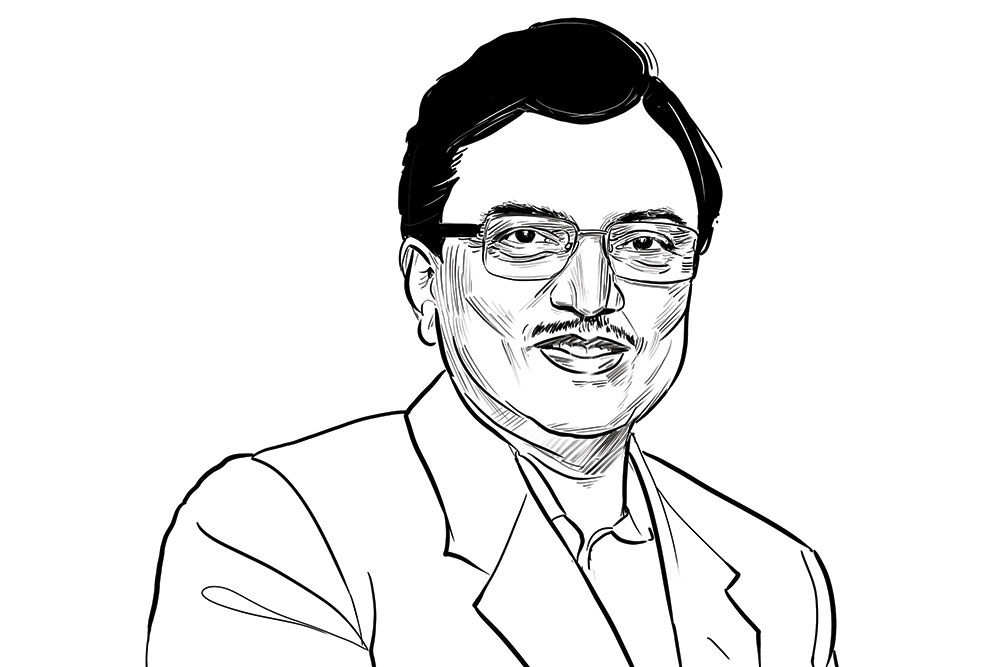Bank deposit rates have moved up over the last year or so. So even at this point, there is scope for further upward movement. We will discuss the rationale, but before that, let us look at the backdrop.
The country’s interest rates authority is the Reserve Bank of India (RBI). However, interest rate changes do not come as an order or diktat from RBI, but as a signal to be implemented over a period.
The reason is that banks are commercial organisations, and some leeway has to be given for business decisions; for example, setting interest rates for a particular bank. The signal mentioned above is called the repo rate, at which RBI lends to banks if they fall short of funds on a specific day. This action of RBI funding banks does not impact you and me directly, but this rate is used as the signal.
When the repo rate is increased, it means the RBI intends to jack up interest rates across the economy. Since May 2022, the repo rate has increased by 2.5 per cent. Given that prior to the current rate hike cycle, the repo rate was 4 per cent, the hike of 2.5 per cent is significant.
Now let us look at how interest rate movements work at banks. There are interest rates on both sides. There are lending rates when you are asking the bank for money. And there are savings and deposit rates when you offer money to the bank. On lending rates, rate changes are actioned quickly. There is a bit of history here. Earlier, when RBI would hike signal rates, lending rates would be hiked fast, but deposit rates would move up slowly.
On interest rate decreases, it would be reduced quickly on new loans, but existing customers would continue to pay at existing rates. Now, things are more structured.
New floating rate loans from banks are linked to a rate over which the bank has no control, referred to as external benchmark-linked rate (EBLR).
The external benchmark may be the RBI repo rate, 3-month Treasury bill yield in the secondary market, etc. On reset dates, interest rate movements on either side, up or down, are executed. Fixed-rate loans are linked to the marginal cost of funds of banks, referred to as marginal cost-based lending rate (MCLR). This is also reset every quarter. Net-net, there is a structured method for transmitting rate changes on the lending side.
On the deposit side, however, the transmission is not so structured. It is more of a commercial decision from bank to bank. The RBI signal, i.e., repo rate changes, is relevant, but there is no time-bound method for implementation.
As per RBI data, term deposit rates a year ago ranged from 5 per cent to 5.6 per cent. Currently, they are in the range of 6 per cent to 7.25 per cent. Any which way, the increase in deposit rates has been less than 2.5 per cent. And there is a reason for this less-than-commensurate increase. Post Covid, RBI kept banking system liquidity on the higher side to incentivise loan offtake. Banks had the cushion of higher liquidity.
On top of that, due to surplus liquidity, banks purchased more government securities (G-secs) than required. Against the statutory liquidity ratio (SLR) requirement of 18 per cent, banks hold about 29 per cent of their liabilities in G-secs. It gives banks the cushion to invest less incremental deposits in G-secs, leaving more for disbursing loans.
However, the situation is changing. RBI has neutralised the surplus banking system liquidity. With the economy having normalised post Covid, demand for loans is buoyant and is expected to remain positive. There would be competition among banks for deposits, which would push up rates on the higher side. This is not to say that deposit rate hikes would be fast or proportionate to RBI rate hike signals. Since deposit rate hikes have been less than proportional and liquidity surplus has normalised, there is scope for an upward reset of deposit rates. It would happen over a period in a calibrated manner.
Over time, the differential in the rate of increase of bank lending and deposit rates would normalise. It is RBI’s job to maintain a balance between inflation and growth in the economy by tuning interest rates. Similarly, RBI is morally responsible for balancing lending and deposit rates.
Joydeep Sen is a Corporate Trainer and Author










